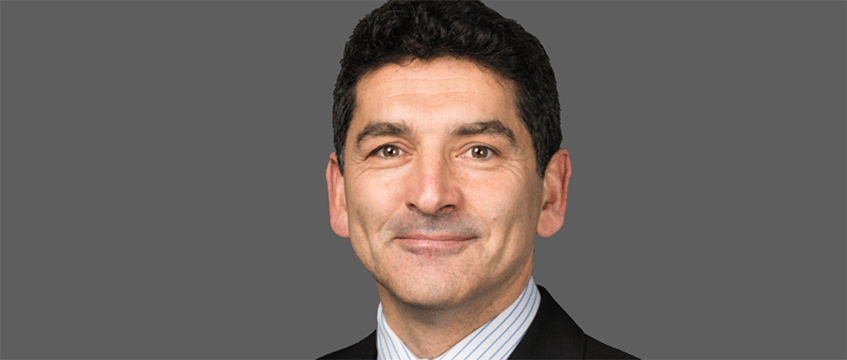COMMENT Almost 75% of institutional investors consider or plan to consider the environmental and societal impact of their investment decisions, according to Nuveen’s third annual EQuilibrium global investor survey. The survey also reports 47% of investors want to increase their allocations to private credit.
Sustainable investing is becoming more essential in portfolio construction but how does it work alongside commercial real estate debt, and why is the asset class becoming increasingly popular among investors?
Since the 2008 financial crisis, markets have seen major shifts in sources of lending. Traditional lenders are reducing the supply of loans and taking a more conservative approach, increasing the opportunities for alternative lenders.
We believe that CRE debt has demonstrated its ability to provide effective portfolio diversification, with low correlations to other asset classes.
Debt structures allow investors to enter into junior or senior loans which deliver different levels of risks and provide steady income potential, while a selective approach may offer a less volatile, fixed income-like return. The relative capital security of CRE debt, due to its significant equity cushion, offers comparatively stable medium- to long-term returns through different market cycles.
Options aplenty
The current high interest rate environment has significantly boosted the income return potential from debt investments, making a compelling relative value case for investing in CRE debt.
The developing relationship between CRE debt and sustainable investing offers investors broader diversification options, as sustainable considerations become increasingly important from a regulatory standpoint.
The EU Sustainable Finance Disclosures Regulation enables a manager to self-define sustainable investments while meeting specified minimum standards.
CRE debt funds raising capital in Europe are now subject to the SFDR, which sets standards for the funds’ reporting requirements.
Funds can choose between three disclosure standards: Article 6, 8 or 9. The level of disclosure does not, by itself, imply stronger sustainability performance. For example, Article 9 funds can invest in development activity already considered highly sustainable but cannot invest in a brown-to-green transformation project that may produce a positive outcome for a building currently not meeting minimum sustainability thresholds.
Sustainable criteria
Article 9 funds list sustainable investment as a key investment strategy, meaning they must demonstrate how the fund will advance that objective or show how any performance benchmark index aligns with that objective differently than the broader market. All fund investments must meet the ESMA sustainable investments criteria, which in real estate terms means it must not be exposed to fossil fuels and buildings deemed inefficient according to EPC ratings.
The criteria mean Article 9 funds are largely limited to investing in assets already considered environmentally best-in-class. Constraints on investing in inefficient buildings with improvement plans restrict Article 9 funds from a potentially high-demand area.
Conversely, Article 8 funds have greater freedom and scope to create positive change. For example, CRE debt Article 8 funds could invest in funding the transition of an inefficient building to an improved EPC rating.
Wider opportunity
An increasing amount of real estate is becoming obsolete in terms of energy efficiency. Environmentally friendly construction methods and technology are available but new construction itself has significant implications in terms of embedded carbon. In light of this, development/refurbishment lending to transform existing inefficient brown properties to environmentally friendly green buildings may offer a wider opportunity set.
While investors are still stress-testing SFDR regulations, new requirements for investors and funds alike make it important to identify new approaches to impactful and financially sound investing. Assets such as CRE debt have proven their potential to deliver effective portfolio diversification alongside steady income. The growing focus on sustainability is providing new opportunities within CRE debt, tapping into the increased demand for improved, sustainable buildings.
Darren Rawcliffe is drector of research, Europe, at Nuveen Real Estate











